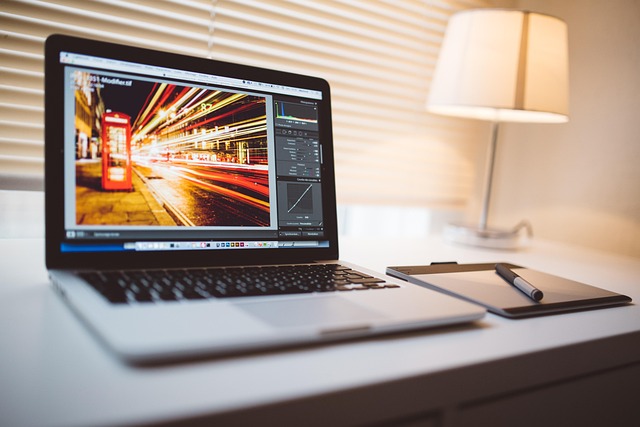In the vibrant world of television and digital visualization, the depth of field emerges as a compelling concept that captivates both creators and viewers alike. As we navigate the myriad of display technologies available today, understanding the nuances of depth of field can enhance our appreciation for the art of visual storytelling. This guide aims to illuminate the significance of depth of field in TV visualization and its interplay with cutting-edge display technology.
Imagine sitting down to watch your favorite film or a gripping television series. The visuals are sharp, the colors vibrant, and every detail stands out, pulling you into the narrative. This immersive experience is often a result of carefully manipulated depth of field—an essential technique in cinematography that controls how much of the scene is in focus. It guides our eyes, emphasizing characters or elements within a frame while creating a soft blur in the background or foreground. This not only adds a dramatic tension but also helps direct viewers’ attention to where it truly matters.
With the advancement of display technologies, such as OLED and QLED monitors, the portrayal of depth of field has become more pronounced than ever. These screens offer exceptional contrast ratios, color accuracy, and dynamic range, allowing viewers to experience the subtleties of depth like never before. With richer blacks and brighter highlights, the separation between subjects and their environments becomes increasingly noticeable, enhancing the storytelling experience.
On the technical side, several factors contribute to achieving the perfect depth of field in digital visualization. Camera settings, such as aperture and focal length, can dramatically influence how depth is perceived in a scene. In the realm of television, the choice of display technology and the resolution of the content play crucial roles. High-definition formats, including 4K and beyond, provide finer detail and picture clarity, which can intensify the effect of depth of field and create a visual storytelling sensation that feels organic and captivating.
Moreover, the evolution of graphics and rendering technologies has introduced even more possibilities for depth of field manipulation in television. With the integration of real-time ray tracing and dynamic lighting effects, visual artists can create lifelike imagery that responds fluidly to movement and viewer engagement. These innovations breathe life into television narratives, inviting audiences to immerse themselves fully in the well-crafted worlds on their screens.
In the realm of display technology, it’s crucial to choose a monitor that complements the depth of field concept. Factors such as refresh rate, response time, and viewing angle can significantly impact how depth is perceived in TV visualization. As you shop for your next display, pay attention to these details to ensure a rich and captivating viewing experience that maximizes visual depth.
In summary, the depth of field serves as a vital tool in TV visualization, shaping narratives and enhancing viewer engagement through intentional focus and clarity. As display technologies continue to evolve and push boundaries, understanding and appreciating the intricacies of depth of field will enable viewers to enjoy a more immersive and emotionally resonant television experience. Embrace this fascinating aspect of visual storytelling, and let your next screen adventure transport you into new dimensions of sight and sound.




